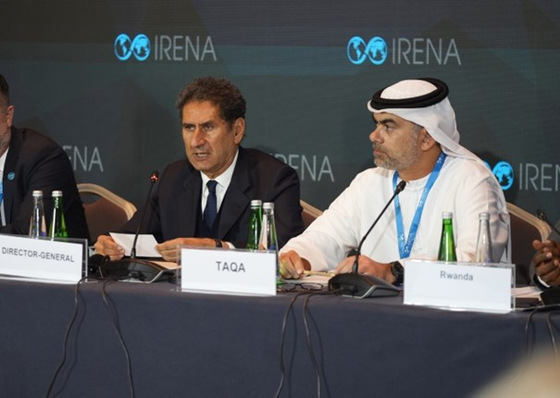Recently, installed photovoltaic capacity in Sweden cracked the 1 gigawatt mark, an important milestone?
Yes, there has been a lot of momentum in the Swedish solar market lately, despite the Corona pandemic. For example, the addition of around 22,000 PV systems last year was far greater than in any previous year. Around 66,000 PV systems were installed in Sweden at the end of 2020. And this year we see even stronger growth. From the beginning of January to the end of June, 16,500 new PV systems were installed, an increase of 35 percent compared to 2020. If the trend continues like this, we expect an addition of around 35,000 solar power systems in 2021, which corresponds to growth of 53 percent.
Do the government subsidy programs also help here?
Definitely. A rebate scheme that was supposed to expire last year was extended for 2021 at a lower level for businesses and municipalities that had already submitted applications before July 2020. In addition, private homeowners have benefited from a 14.55 percent tax reduction on PV installation costs since Jan. 1, 2021. There is even a 50 percent tax reduction for battery home storage systems.
Are there also incentives for the construction of ground-mounted systems? Do you see a need for action here?
So far, there are hardly any incentives for the realization of solar parks; we have only 24 PV plants with a capacity of more than 1 MW in the entire country. The very complex and bureaucratic approval procedures for solar parks in southern Sweden by the regional state authorities are a particular problem for us. Southern Sweden offers particularly favorable site conditions such as flat, unwooded areas, higher solar irradiation and geographical proximity to the country's main power consumption centers. From these aspects, it would therefore make sense to produce more solar power with ground-mounted systems in the more densely populated southern Sweden, and in this way we would also reduce the need for grid expansion for electricity from the north of the country to the south.
Also interesting: Sweden: Boost for PV through innovative funding scheme
On the other hand, we have a lot of valuable agricultural land in southern Sweden with a high importance for the country's food production. We see this. But increased climate-neutral solar power production is as much in the national interest as agricultural production. In any case, more transparency in the approval process for ground-mounted PV systems would also be necessary, for example via publicly accessible maps in which suitable areas are identified.
Could dual land use via agrivoltaics offer a solution here?
We see great potential here, especially in vertical systems with bifacial solar modules, because the sun is often low in the nothern parts of our region and we often have snow - with a reflective light effect. However, "classic" solar parks also offer opportunities for a balance with agricultural interests, for example through grazing or the promotion of biodiversity; this still needs to be communicated much more intensively.
What is the attitude of farmers towards PV ground-mounted systems?
Many farmers in southern Sweden want to harvest not only tomatoes on their land, but also solar power. But the position of the major agricultural associations has not been entirely clear so far. They should now lobby for not only food production, but also for solar power generation and other renewable energy production to be defined as a national interest.
What is your position on floating PV as another way to minimize land competition with agriculture?
We have not implemented floating PV plants in Sweden so far. But I definitely see a high potential, we have enough suitable large lakes.
And wouldn't it also make sense to put more PV on large commercial roofs?
Yes, definitely! There are already incentives for this, but much more would have to happen and we would need some regulatory adjustments. For example, systems larger than 500 kW are currently subject to high taxes on self-consumption, and it is also seldom possible to use the self-consumed electricity from systems on interconnected roof areas. These regulations should be urgently changed or eliminated.
The interview was conducted by Hans-Christoph Neidlein
Did you miss that? Sweden: Axpo signs solar PPA







